What you’ll learn
- An overview of the major welding codes and the organizations that issue them
- How to incorporate the requirements of these codes into your WPS and PQR documents
- Reading and understanding Welding Procedure Specifications (WPS)
- Reading and understanding Procedure Qualification Records (PQR)
- Essential, Nonessential, and Supplementary Essential Welding Variables
- Developing a preliminary WPS
- Qualifying and requalifying welders to specific processes
- The quality requirements of a weld per the applicable codes … Tensile tests, Bend Tests, Appearance, etc.
Requirements
- General understanding of welding
- General understanding of manufacturing and quality requirements
Description
In this course “Understanding Welding Codes and Procedures”, you will learn from an industry expert an overview of the Codes, Standards, and Specifications that govern the welding industry.
Industry organizations such as the American Welding Society (AWS), the American Society of Mechanical Engineers (ASME), and the American Petroleum Institute (API) publish a wide range of standards covering everything from simple carbon steel structural applications to nuclear power plant construction. Understanding how to read and interpret these standards, and how to integrate their requirements into your organization’s training documents and work instructions is key to a successful career in welding.
Some of the topics you will learn in this course include:
- The major industry trade groups and the standards they issue
- The key sections found in most standards including general info, joint design, base material, filler material, positions, electrical characteristics, and more
- Best practices in writing Welding Procedure Specifications (WPS) and Procedure Qualification Records (PQR) to align with the major codes
- The key sections of the WPS including
- Essential, Non-essential, and Supplementary Essential Variables
- An overview of welding inspection including test coupons, tensile testing, bend testing, impact testing, non-destructive testing and visual inspection
- Welder Performance Qualification documentation and testing
- And much more!!
Who this course is for:
- Welders
- Quality professionals, Quality Engineers
- Engineering professionals, Mechanical Engineers
- Manufacturing professionals
- Certified Welding Inspectors

[…] Understanding Welding Codes and Procedures […]